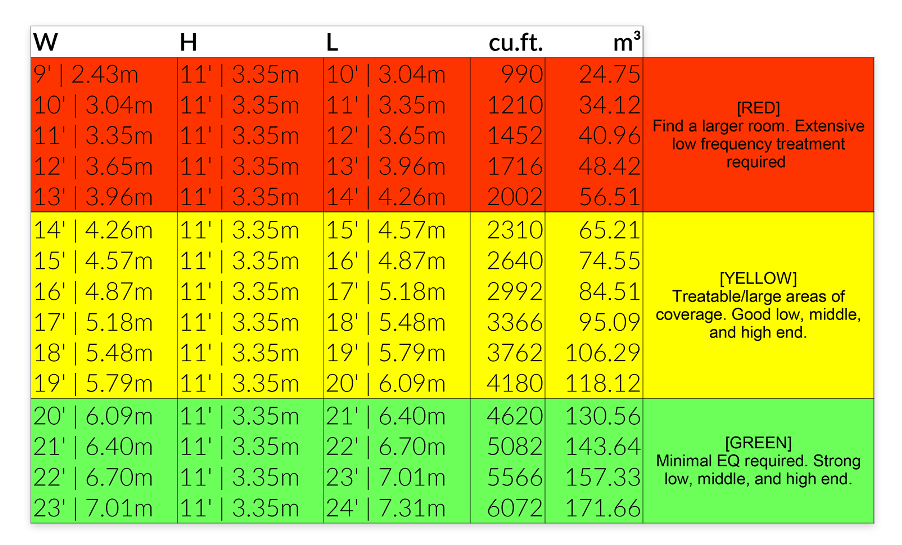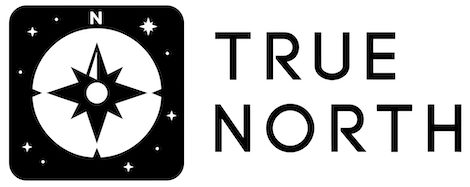Congratulations, you’re looking to start building a recording studio. This blog post will help steer you in the right direction and give you overall guidance on what to look for and some quick dos and don’ts.
Location
Location is the first issue to address when starting to build your recording studio. The location of your studio is critical because it determines the amount of noise you will need to deal with. There will be noise generated within the studio and there will be noise from outside the studio. Making the room quiet is an expensive task and can easily cost 4-5 times the treatment costs. In other words, soundproofing is much more expensive than the products and materials used for sound absorption and diffusion inside your studio. Even if outside sound isn’t leaking into your studio, you still need to consider whether the noise you are generating within your studio will affect those around you. If so, you still may need to invest in expensive soundproofing. How do you determine the noise when building a recording studio from scratch?
Measure
The first task when building a recording studio from scratch is to measure both the ambient noise levels outside that will impact our studio inside and then to measure the noise we will be generating inside our studio that will leak outside. First, measure the noise from the outside in using a seven-day program. Measuring over a seven-day window is important so that you can use your studio whenever you need to. Measuring the noise each day for a week is crucial so you get an accurate picture of what noise issues you will have at what time of the day the noise occurs. Noise levels outside vary drastically during the time of each day. The noise levels outside at 3 am are drastically different than the noise levels at 11 am. Most engineers we know work into the early morning hours when the rest of us are sleeping. If we generate noise from drums at 3 am it will have a larger chance of disturbing neighbors than if we record drums during the daytime hours when the noise outside is at its highest levels.
There are many apps and tools you can download to help get an accurate decibel reading of the sound. We recommend apps like Decibel Meter and RTA Pro.
Room Ratios
After resolving any noise issues, you must choose the correct room size. In general, smaller rooms have a much harder time managing low-end frequencies than large rooms. Low-frequency energy produces the largest problem for all room types but especially for small rooms.
There are specific room length/width/height combinations that actually minimize the impact of unwanted low-frequency pressure issues. It has to do with the size of low-frequency wavelengths that we’ll breakdown in a bit. For now, you can reference the chart below to help you plan your room size.

Treatment Types
There are two parts to your studio structure. There is the shell which is the structure or the room itself which is primarily used to reduce outside noise. Then, inside the studio, you must then treat the energy inside your studio rooms. Each room of your studio has different absorption and diffusion requirements depending on how it will be used. A control room’s absorption and diffusion requirements will be different than the live room where you record instruments. The absorption and diffusion requirements in a vocal room will be different than either the control or live rooms.
There are only two treatment types used inside studio rooms: absorption and diffusion. Absorption reduces the strength or amplitude of the energy within the room. Diffusion reduces the impact of reflections on our walls and ceilings. Diffusion can also make smaller rooms sound larger. What type of absorption or diffusion is needed depends strictly on the usage of the room. The usage determines what rate and level of absorption you need and what type of diffusion is required.
Low-Frequencies
Low-frequency energy are frequencies below 100 Hz and they often tend to create many problems. Low-frequency energy are long by nature and they simply don’t fit in most smaller rooms. It is like putting a size 15 shoe in a size 8 shoe box. For reference, a 60 Hz. wave is 19′ long and a 40 Hz. wave is 28′ long. The 60 Hz. wave will not fit between most floors and ceilings. The 60 Hz. wave will not fit into most widths and room lengths. When this energy will not fit into our room dimensions it excites the air that lives in that space. Once the air is excited it produces room modes or room distortions. Using the shoebox metaphor, it creases the size 15 shoe we are folding over to fit into our size 8 shoebox. These creases never go away no matter what you do. If you choose room dimensions that low-frequency energy will fit into, you are on the correct track to minimizing treatment requirements, especially for low-frequency energy. Room modal pressure is so great that it will exaggerate some sounds and completely eliminate others. Neither one of these is suitable in a mixing room where everything must be heard.
Middle and High Frequencies
Middle and high frequencies present their own set of issues. They are shorter wavelengths that fit more easily into rooms then lower frequencies. You can imagine them like rays of sunshine whereas low-frequency energies are a pressure wave like the ocean. Low-frequency waves oscillate throughout your room with peaks and dips just like an ocean wave. Middle and high-frequency energy enter your room and bounce off the wall surfaces. When you add all of these reflections from the surface areas you get what is called reverberation or room distortion. It interferes with music and voice by covering them with a blanket of distortion. Middle and high-frequency energy are where vocals exist and you must make sure that no distortion exists in the frequency ranges where these vocals are. Voice is where most music connects emotionally with the listener. Whether it is spoken or sung, there must be no distortion in the area from 100 Hz. – 2,000 Hz.
Step By Step
When building a recording studio from scratch, address all noise issues first. One way to minimize noise is to choose a quiet location away from noise sources that can enter your room. This concept also works for the noise you generate within your studio that can bother neighbors. Choose the correct room sizes considering the width, height, and length to match your room usage requirements. Make sure you allow for low-frequency management technology. If you follow these steps, you are certainly on right right path to creating a dream recording studio.
Once you have the right location and the right room size, check out our products section for our top absorption and diffusion products. As always, feel free to reach out to us if you have any questions.
